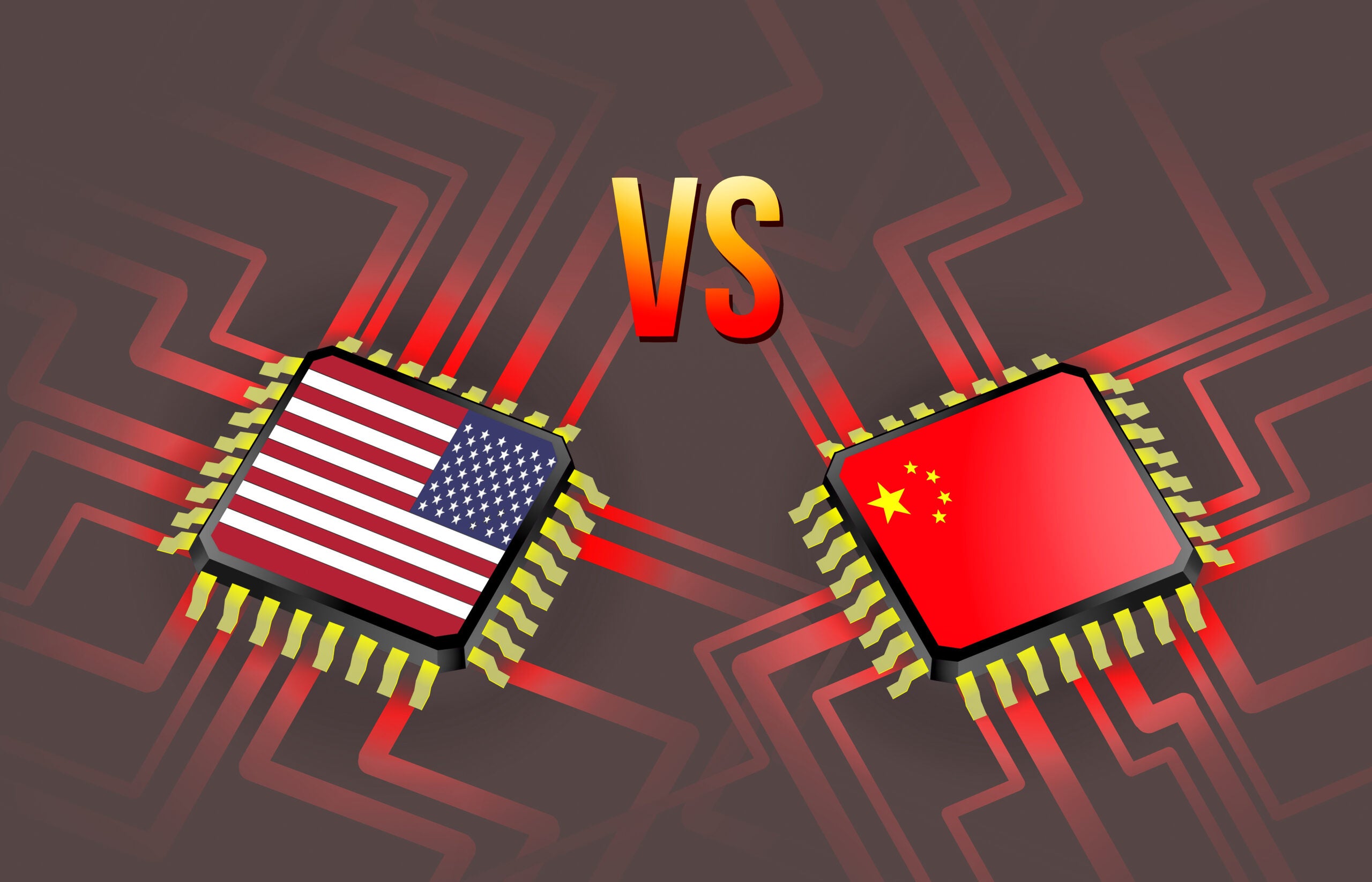The pandemic and its aftermath, and more recently the war in Ukraine, have created a world of rising inflation and supply-chain imbalances that is profoundly disrupting the semiconductor industry, giving way to worldwide shortages of chips and advanced microprocessors. The trend towards economic nationalism that predated the pandemic has also contributed to the increasingly geopolitical slant affecting the competitive dynamics in this technology market segment. Moreover, the application of artificial intelligence (AI) and machine learning (ML) has become a fundamental driver of the semiconductor industry, and China is fast becoming a leading power in AI applications. New US restrictions on the sale of AI chips to China demonstrate the strategic importance of AI for national economies to reach their digitization potential.
On October 7, the US announced a fresh set of restrictions on the sale of AI chips to China, a move that quickly led to a fall in the shares of chip manufacturers NVIDIA and AMD. Because of their high capital requirements, semiconductor companies move in a fiercely competitive environment, where the race to innovate and shorten production cycles can be cutthroat. The stakes are high, and as technology companies fight to increase productivity within research, chip design, and manufacturing, while simultaneously accelerating time to market, AI and ML are important tools in this value chain, contributing between $5-$8 billion annually to earnings at semiconductor companies.
Geopolitical considerations complicate the semiconductor picture
Geopolitical considerations are further complicating the picture. The US is concerned about dependence on semiconductors manufactured by Taiwan, which accounts for 20% of global wafer fabrication capacity, and 92% capacity for advanced chips. Conversely, US restrictions are also a major obstacle to China’s technological industry, which depends on the US and aligned countries for chip designs and manufacturing equipment.
Meanwhile, in the EU and the US, plans to open new manufacturing facilities are continuing apace, in a frantic race to gain advantage after decades of underinvestment. The last year has seen two pieces of legislation aimed at improving competitiveness: On February 8, the European Commission launched the EU Chips Act, to boost domestic semiconductor manufacturing and R&D through investments of EUR43 billion; on July 28, the US passed the Chips and Science Act, to protect the country against semiconductor supply shortages with the help of subsidies worth $52 billion.
Chipmakers take advantage
Chipmakers have been quick to take advantage of these measures, with Intel establishing mega fab production facilities in the EU and the US. Last March, the company announced investments of up to EUR80 billion in the EU over the next ten years, in both R&D and manufacturing, including an initial EUR17 billion in a mega fab in Germany, and a new R&D and design hub in France, as well as R&D, manufacturing, and foundry services in Ireland, Italy, Poland, and Spain. Intel is also opening new manufacturing plants in the US, with a $20 billion investment in two fabs in Arizona. The company also wants to be a major provider of foundry capacity in the US and Europe to serve customers globally.
Smaller players such as Dutch STMicroelectronics are also opening new facilities. The company recently announced that it is investing EUR730 million to build a chip materials plant in Italy, and signed an agreement with GF (formerly GlobalFoundries) to jointly build a 300mm semiconductor fab in France. However, and while Europe has unique advantages in chip design, with Dutch ASML the sole global producer of lithographic technology from which chip production templates are made, the much larger sums of money being directed to chip design and manufacture in countries such as the US, South Korea, and Japan, signal challenges ahead.
How well do you really know your competitors?
Access the most comprehensive Company Profiles on the market, powered by GlobalData. Save hours of research. Gain competitive edge.

Thank you!
Your download email will arrive shortly
Not ready to buy yet? Download a free sample
We are confident about the unique quality of our Company Profiles. However, we want you to make the most beneficial decision for your business, so we offer a free sample that you can download by submitting the below form
By GlobalDataThe chips are down in the semiconductor ‘wars’
For the time being, the tug of war over semiconductors, and especially between the US and China, continues unabated. This has put Taiwanese TSMC in a tricky position. China’s political stance towards Taiwan, which has been growing increasingly aggressive in the last 12 months, means the company seeks to be in good terms with Washington while continuing to build relationships in every international market, a delicate balancing act.
Meanwhile, NVIDIA just released its A800 graphic processing unit as another alternative product to the NVIDIA A100 GPU for customers in China, which meets the US government’s clear test for reduced export control. Despite the current uncertainty, one possible long-term consequence of this high-stakes geopolitical game is a nimbler, more innovative semiconductor market.








Related Company Profiles
Intel Corp
NVIDIA Corp